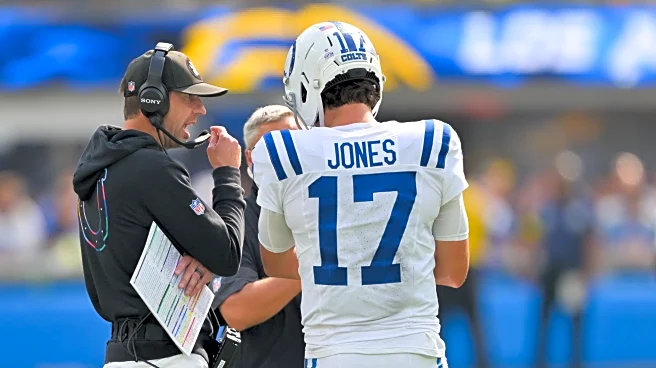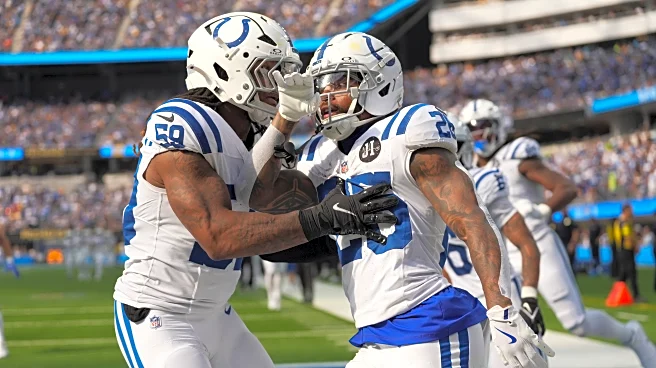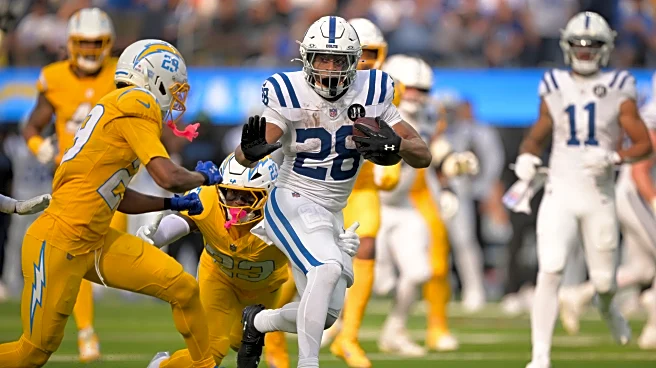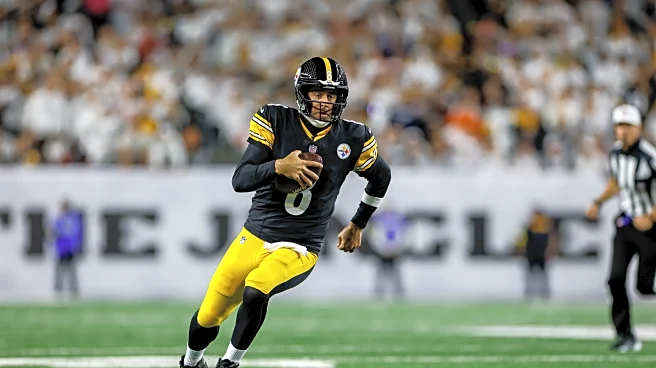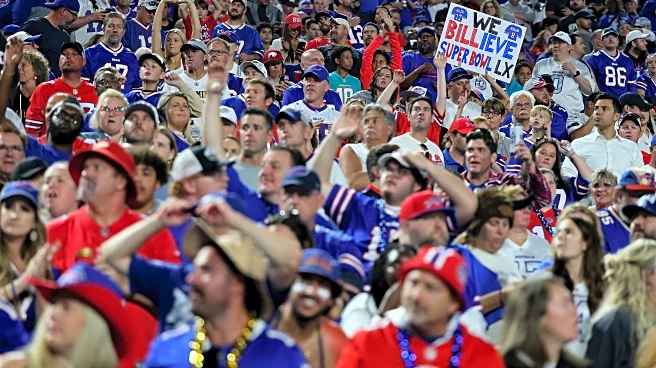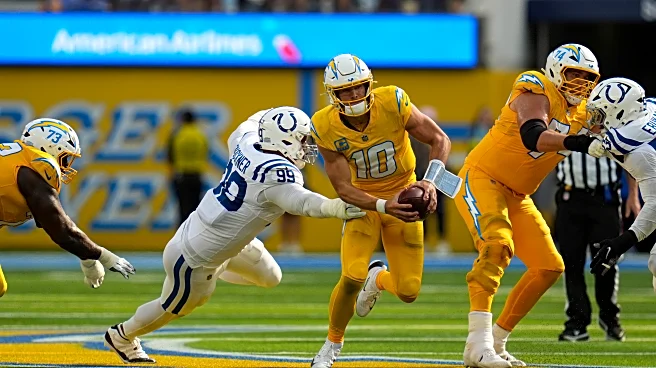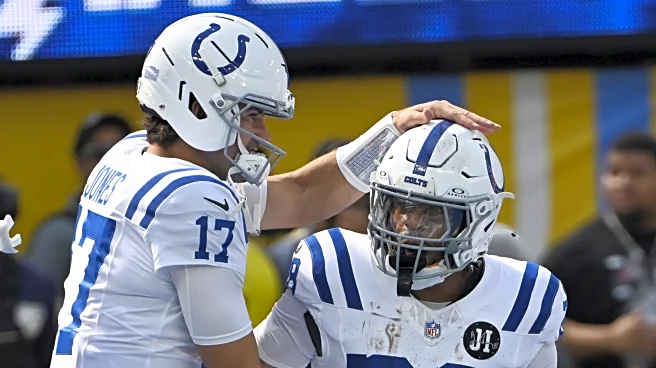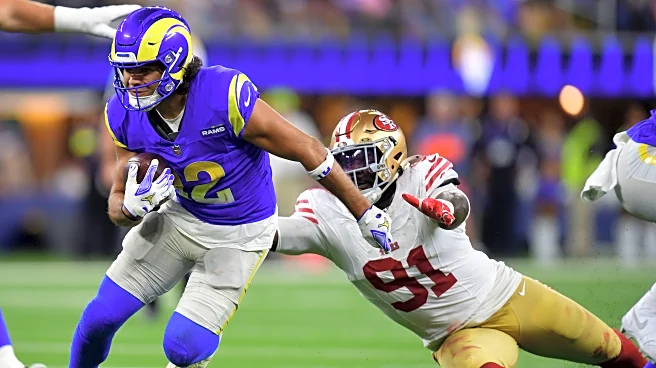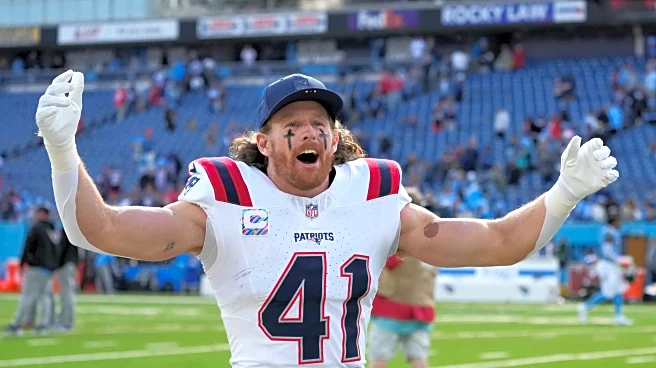The Colts’ offense isn’t just the NFL’s best — it’s on a historic pace, averaging more points per drive than any team since 2000.
While the additions of Tyler Warren and a fully healthy Jonathan Taylor have made a huge difference, the biggest reason for the Colts’ offensive success has been Daniel Jones and his remarkable efficiency.
Jones is currently playing on a one-year, $14 million deal. The question now is: what will the Colts have to pay him after the season if he maintains this level of play?
To break down a potential contract, three factors need to be analyzed:
- The quality of his current play
- Quarterbacks of similar caliber (before signing their deals) and their salaries
- His overall importance to the team
Quality of Play
By all accounts, Daniel Jones has been a top 8 quarterback in the NFL this season. He ranks:
- 1st in EPA/play
- 1st in success rate (plays where the EPA is above 0)
- 5th in EPA+CPOE composite
- 8th in passer rating
- 6th in completion percentage
- 4th in yards per attempt
- Tied for 3rd in 40+ yard pass plays
He has been tremendously efficient and clean with his passes and the Colts have the best offense in the NFL.
Importance to the Team
It’s not difficult to measure Daniel Jones’ impact on the Colts. Last season, with Joe Flacco and Anthony Richardson splitting starts, Indianapolis averaged 22 points per game. Through seven games this year, they’re averaging 33. The addition of Tyler Warren has certainly helped, but it’s clear that Jones has been the driving force behind the offense’s 50% scoring jump. The last time the Colts had a quarterback rank in the top 10 across major passing categories was 2018 — Andrew Luck’s final full season.
Jones and Shane Steichen have developed a clear chemistry. The offense is built around Jones’ strengths — play action, quick rhythm, and timing — and he’s executing it flawlessly. His consistency has also opened up the run game, allowing Jonathan Taylor to return to MVP-caliber form behind a far more balanced attack.
A good comparison might be Baker Mayfield’s breakout year in Tampa Bay. Mayfield played at a high level, took a team-friendly deal, and gave the Buccaneers roster flexibility. If Jones were to do the same — which, adjusted for inflation, would be roughly three years and $40 million per season — he’d be celebrated in Indianapolis. It’s not impossible, but it’s rare in today’s NFL, where most quarterbacks push for top-of-market deals.
Comparable Quarterbacks
While many quarterback contracts haven’t lived up to expectations, it’s worth noting that when the players listed below signed their deals, they were performing at a level comparable to Daniel Jones.
The three most relevant long-term contract comparisons for Jones’ next contract are:
- Tua Tagovailoa: 4 years, $213.4 million ($53.1M per year), $167.1M guaranteed
- Brock Purdy: 5 years, $263 million ($53M per year), $182.5M guaranteed
- Trevor Lawrence: 5 years, $275 million ($55M per year), $200M guaranteed
Some may also bring up Baker Mayfield and Sam Darnold, though Darnold’s situation is far less applicable. Darnold was effectively replaced in Minnesota by J.J. McCarthy, signed elsewhere on a short-term deal with an opt-out after two seasons, and was coming off a rough finish that deflated his value.
Mayfield, however, is a fairer comp. He produced one strong season in Tampa Bay — albeit not quite at Jones’ level — and took a team-friendly contract to stay. Adjusted for today’s market, that type of deal would equate to roughly three years at $40 million per season, a bargain by current standards. If Jones were willing to sign something similar, he’d be hailed as a hero in Indianapolis. Still, that kind of discount is rare in today’s NFL, where most quarterbacks push to maximize every dollar of their value.
Projected Contract
There’s 3 different contracts to examine. There’s the longterm, expensive one that locks him in for multiple years. There’s a shorter term Baker Mayfield or Sam Darnold style deal. Then finally, there’s the franchise tag.
Contract 1: 5 years, $280,000,000 ($56M per year) with $175,000,000 guaranteed
Contract 2: 3 years, $130,000,000 ($43.3 per year) with $60,000,000 guaranteed
Contract 3: 1 year, $46,073,000 fully guaranteed (projected Franchise Tag)
Which contract to take?
To me, there are two realistic paths, depending on how negotiations unfold. If Daniel Jones pushes for a long-term deal similar to those signed by Tua Tagovailoa, Trevor Lawrence, or Brock Purdy, the Colts should decline and instead apply the franchise tag, projected at about $46 million. If Jones is open to a shorter-term agreement, Indianapolis should move quickly — something in the three-year range with an opt-out after year two, similar to Sam Darnold’s deal, would make perfect sense.
As impressive as Jones has been, committing to a four- or five-year contract right now would simply be too risky. Still, the team should already be preparing for a cap hit in the low-to-mid $40 million range for next season. With several other contracts already backloaded, it wouldn’t be wise to use the same structure for Jones — especially if they opt for a three-year deal.
Jones has earned himself a massive raise — but if the Colts stay smart with their structure, both sides can win.
